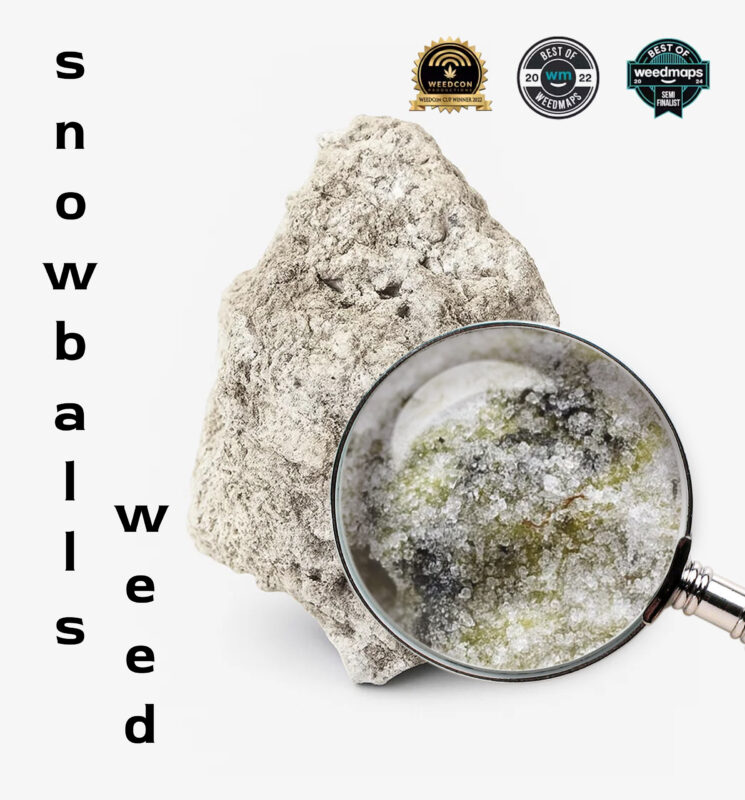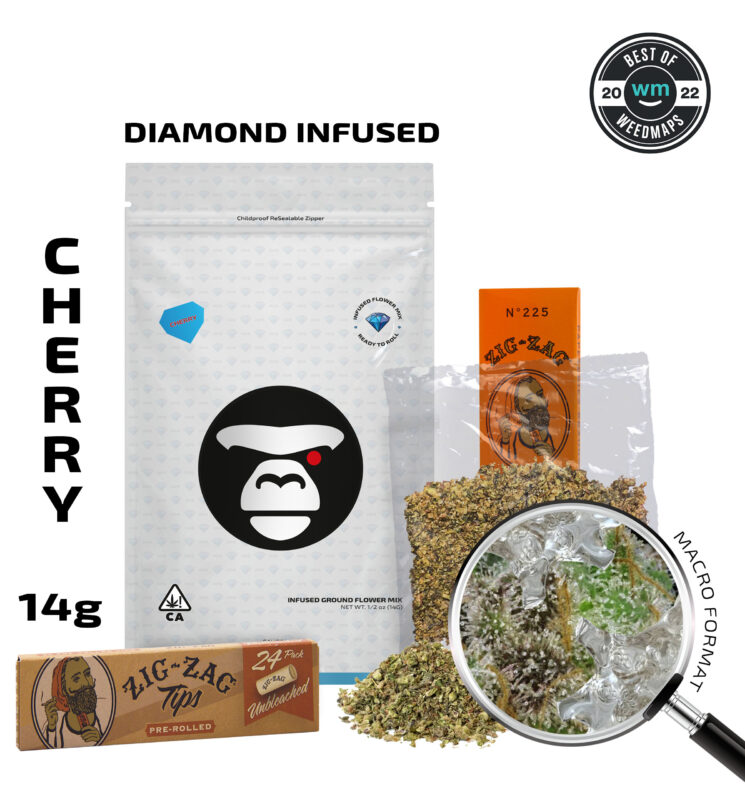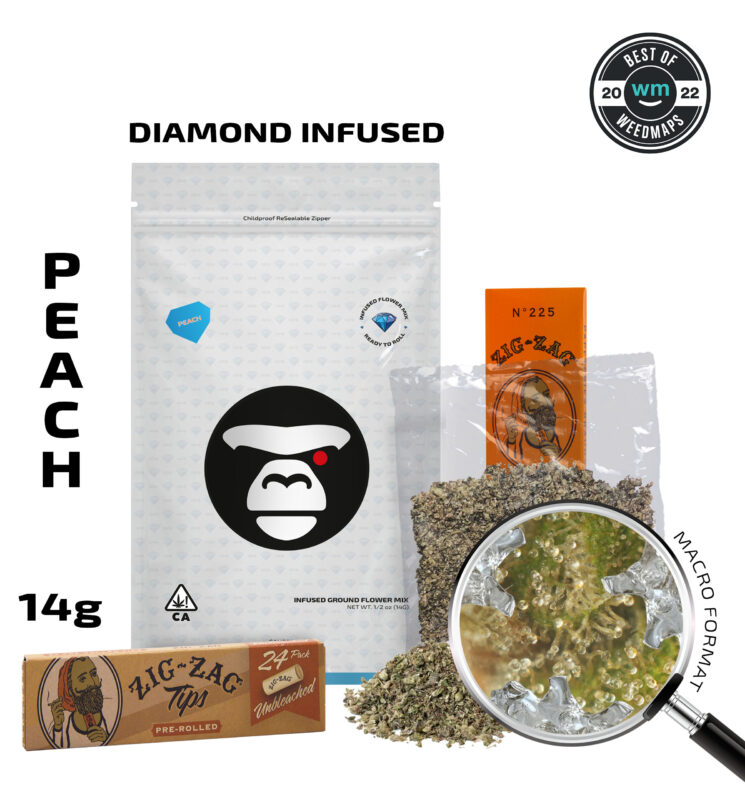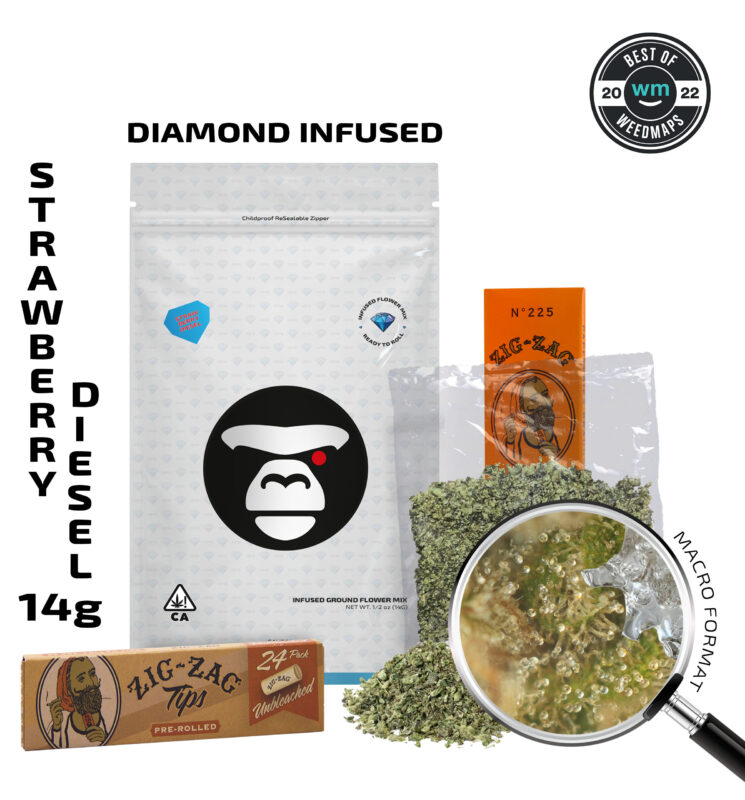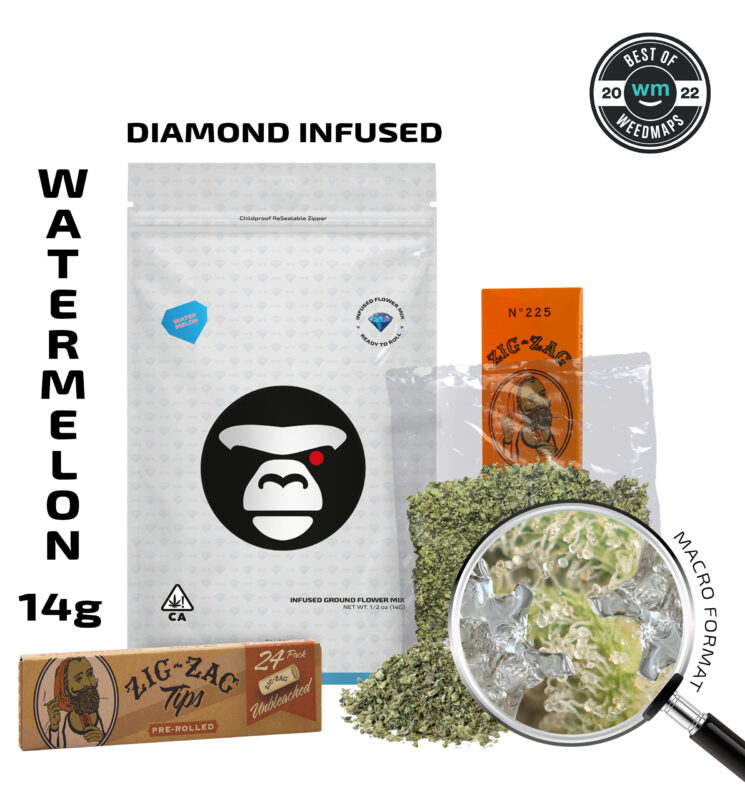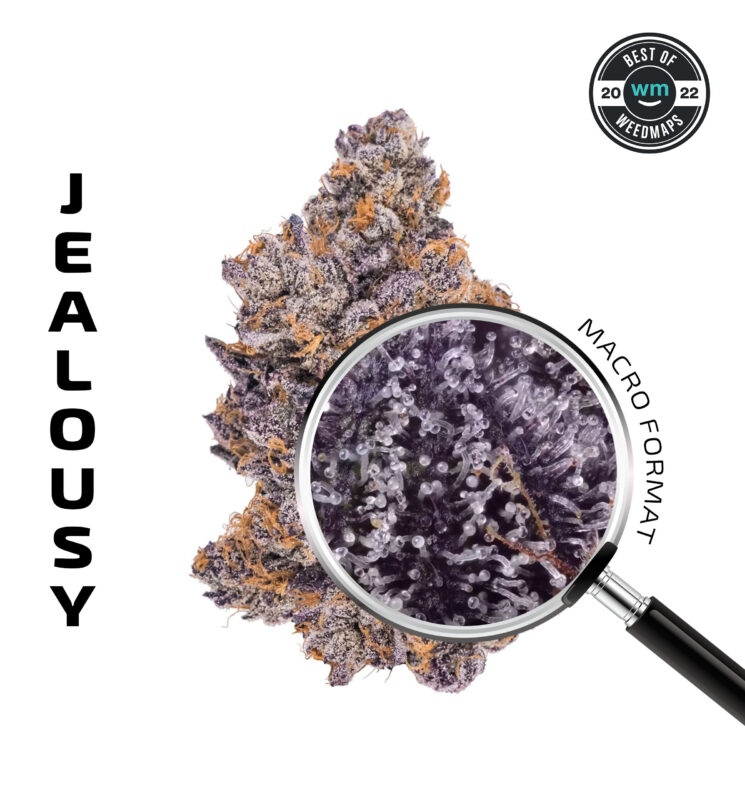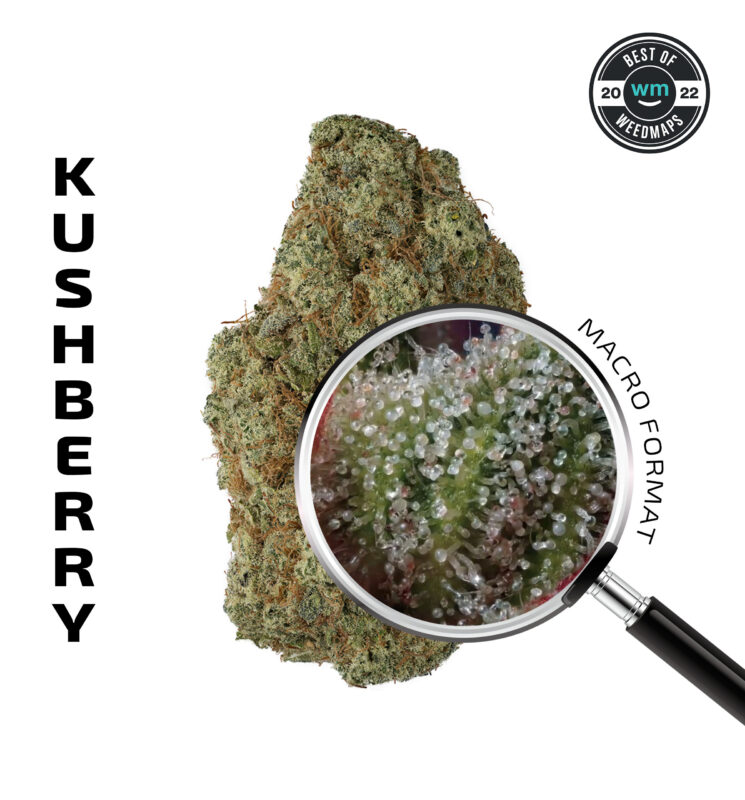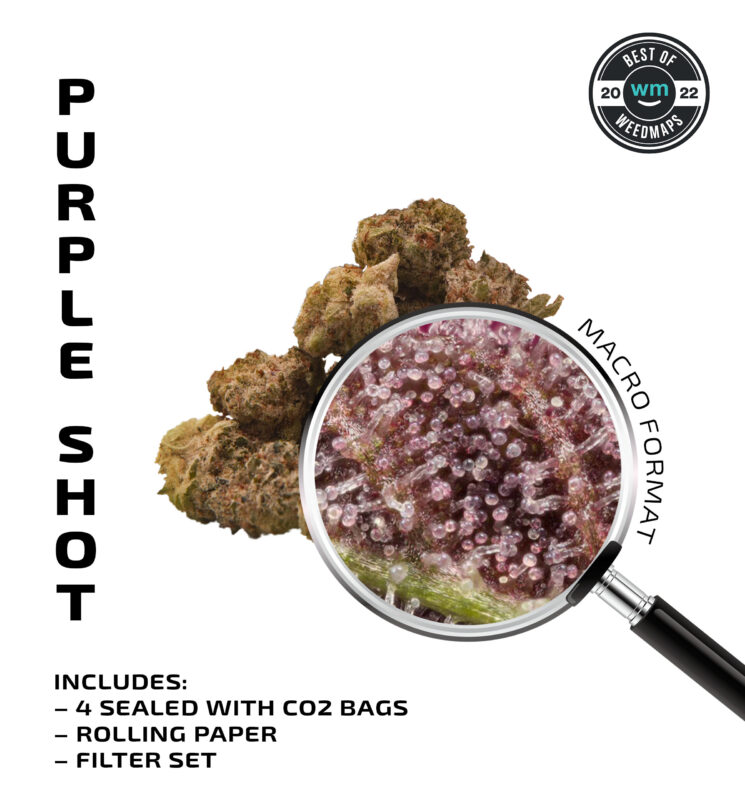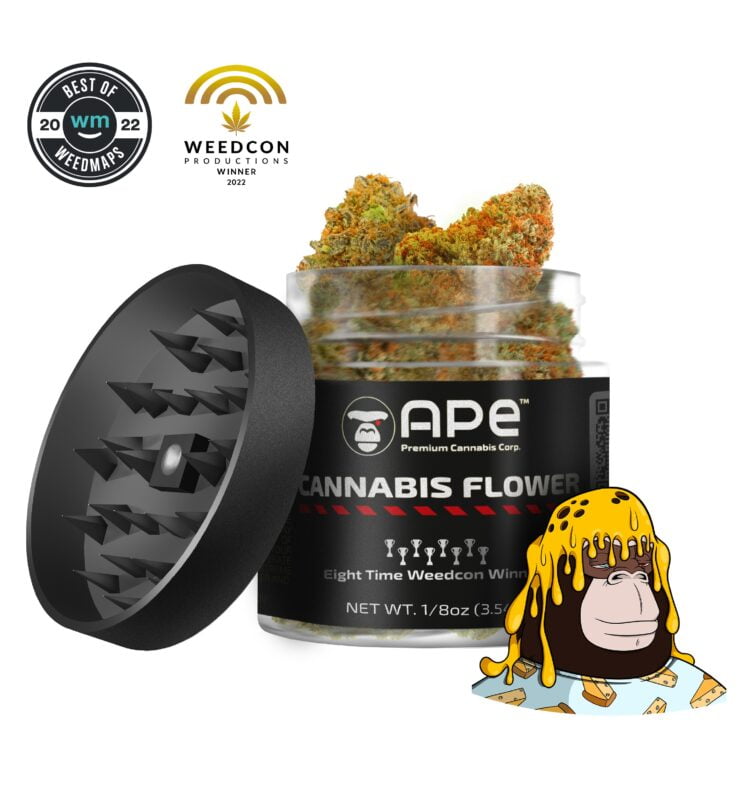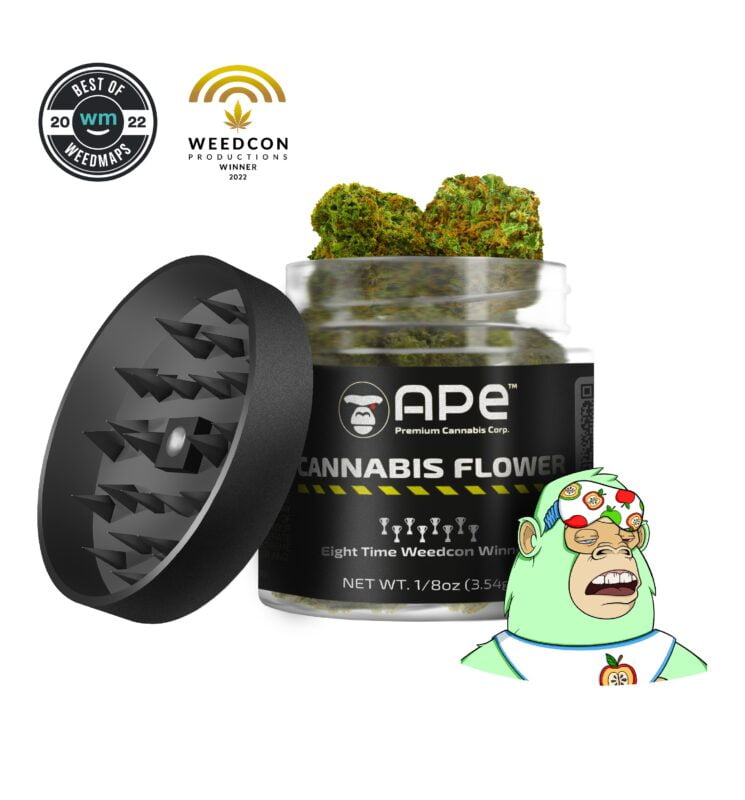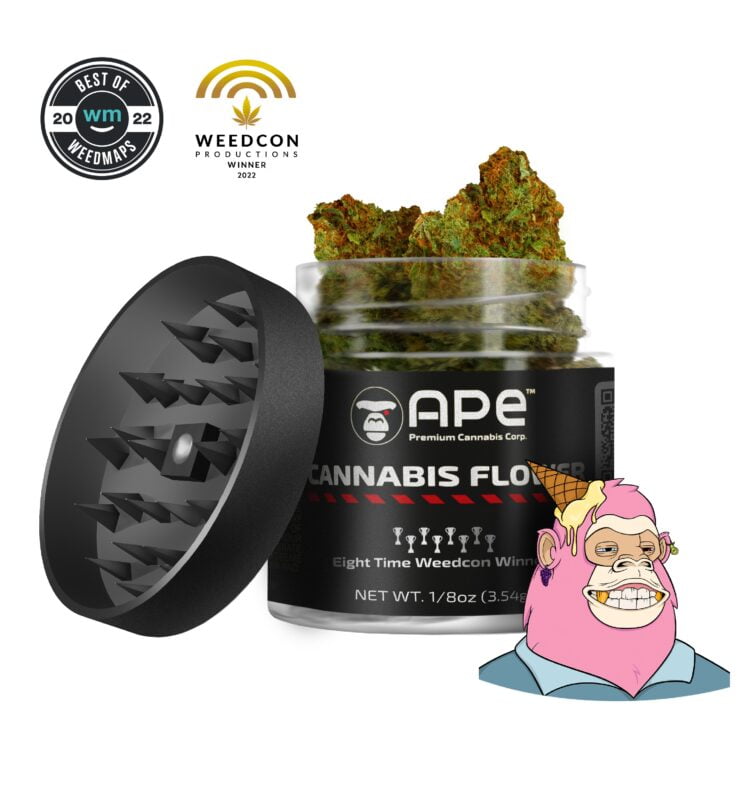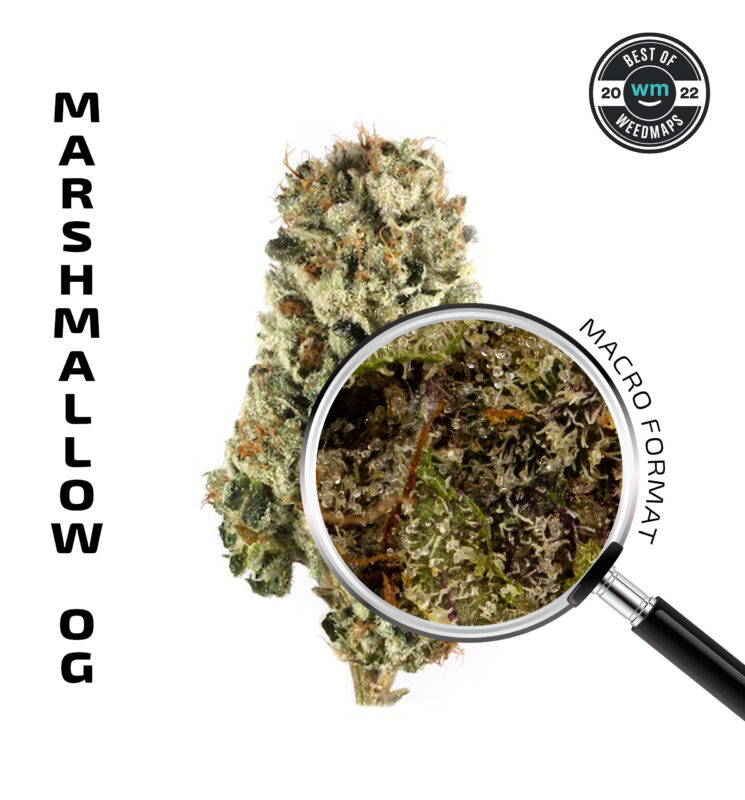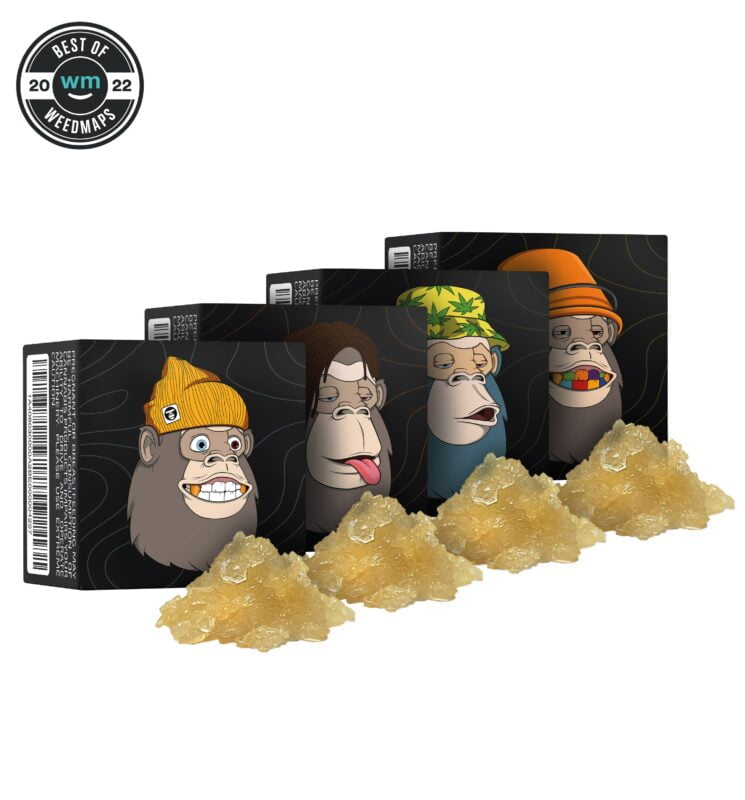
Weed Education
How To Make Cannabis Tea?

Cannabis tea is gaining popularity not only for its relaxing properties but also for its therapeutic effects. This drink combines ancient traditions with modern techniques, allowing users to experience the benefits of cannabis without smoking. This detailed guide covers everything from preparing cannabis to choosing aromatic additives that can enhance the flavor of the tea.
Origins and Significance of Cannabis Tea
Historically, cannabis has been used in various cultures to make medicinal infusions and beverages. In ancient India and China, its calming and pain-relieving effects were well known. During the Middle Ages, knowledge of cannabis’s healing properties was passed down through generations. Today, research confirms its positive impact on the body, making cannabis tea a popular alternative to traditional consumption methods.
How Cannabis Tea Affects the Body
The primary active ingredients in cannabis tea are cannabinoids, such as THC (tetrahydrocannabinol) and CBD (cannabidiol). However, these compounds require a process called decarboxylation to become active. When properly prepared, cannabis tea can provide:
- Pain relief and anti-inflammatory effects – Helps alleviate chronic pain and reduce inflammation.
- Stress reduction and mood improvement – Offers calming effects that ease anxiety and stress.
- Better sleep support – Regular consumption can promote deeper, more restful sleep.
- Antioxidant properties – Fights oxidative stress, supporting overall well-being.
The Crucial Step: Decarboxylation of Cannabis
Before brewing cannabis tea, it is essential to activate cannabinoids through decarboxylation:
- Grind the cannabis into small, even pieces for consistent heating.
- Heat in the oven at 105–120°C (220–250°F) for 30–45 minutes.
- Let it cool before use.
Decarboxylation ensures that THC and CBD become bioavailable, maximizing the tea’s therapeutic benefits.

How to Make Cannabis Tea
Properly brewing cannabis tea requires attention to detail and a fat-soluble component, as cannabinoids dissolve in fat, not water. Here’s a step-by-step guide:
Ingredients
- Decarboxylated cannabis – Start with 0.25–0.5g per serving for controlled effects.
- Fat source – Coconut oil, olive oil, or butter (1–2 teaspoons).
- Water – 250–300ml (1 cup) per serving.
- Flavor enhancers – Mint, ginger, lemon, honey, or other herbs.
- Tea leaves or a tea bag – Optional for added taste.
Step 1: Mixing Cannabis with Fat
To ensure maximum extraction, mix ground, decarboxylated cannabis with a fat source. This step enhances absorption and allows the cannabinoids to infuse properly.
Step 2: Gentle Heating
Use a double boiler or a controlled heat source to warm the cannabis-fat mixture at 80–90°C (175–195°F) for 30–45 minutes. Stir occasionally to ensure even infusion.
Step 3: Brewing the Tea
- Bring water to 70–80°C (160–175°F) (avoid boiling).
- Add the cannabis-infused fat mixture and steep for 15–20 minutes.
- Strain through a fine sieve or cheesecloth to remove plant material.
Step 4: Flavor Enhancement
Add lemon juice, honey, fresh mint, or other herbs to improve the taste and aroma. Serve warm for optimal benefits.

Cannabis Tea Recipe Variations
Cannabis Tea with Ginger
- Improves digestion, helps with colds.
- Add fresh or dried ginger to the tea while brewing.
Cannabis Tea with Mint
- Refreshing, promotes relaxation and improves sleep.
- Add fresh or dried mint leaves before brewing.
Cannabis Tea with Milk
- Makes the tea richer and enhances the effects.
- Replace water with whole milk or cream.
- Add vanilla or cinnamon for aroma.
Citrus Cannabis Tea
- Enriches the tea with vitamin C and gives a fresh taste.
- Add lemon zest, lime, or orange.
- Citrus acid helps improve cannabinoid extraction.
Cannabis Latte
- Perfect for morning rejuvenation and relaxation.
- Brew cannabis tea and add frothed milk.
- Add coffee, cocoa, or spices (nutmeg, cinnamon).
Dosage and Safety Considerations
Cannabis tea takes time to take effect, so it is crucial to start low and go slow.
Recommended Dosage
- Beginner dose: 0.25–0.5g of decarboxylated cannabis per serving.
- Gradual increase: Adjust dosage based on personal tolerance.
- Keep a log: Track dosage, effects, and ingredients to find the ideal balance.
Safety Tips
- Know the legal status of cannabis in your area.
- Use high-quality, tested cannabis to avoid contaminants.
- Control temperature to preserve beneficial cannabinoids.
- Avoid alcohol or other intoxicants when drinking cannabis tea.

Storage and Equipment for the Best Results
Essential Equipment
- Oven – For precise decarboxylation.
- Kitchen scale – For accurate cannabis measurement.
- Thermometer – Ensures correct infusion temperature.
- Strainer or cheesecloth – Removes plant residues.
- Double boiler – Prevents overheating during infusion.
Storage Tips
- Cannabis: Store in an airtight container away from light and heat.
- Infused oils: Keep in a dark bottle to preserve potency.
- Dried herbs and flavoring agents: Store in a cool, dry place.
Optimizing Your Cannabis Tea Recipe
To create the best cannabis tea, follow these tips:
- Measure ingredients carefully – Use a scale and thermometer for accuracy.
- Keep a recipe log – Track adjustments for better results.
- Increase potency gradually – Avoid overconsumption.
- Customize flavors – Experiment with herbs, spices, and sweeteners.
Additional Insights, Troubleshooting, and Cultural Perspectives
Troubleshooting Common Mistakes
Even experienced enthusiasts can sometimes encounter challenges when preparing cannabis tea. One common issue is an overly weak infusion. This may result from insufficient decarboxylation or a low fat concentration in the mixture. To avoid this, it is essential to monitor the temperature and duration during decarboxylation and ensure that the cannabis-fat mixture is heated properly for the full recommended time.
Another frequent problem is a bitter taste. This can occur if the cannabis is left in the water for too long or if the plant material is not properly strained. Using a fine cheesecloth or sieve can greatly improve the flavor by removing unwanted residues. Additionally, incorporating aromatic herbs like fresh mint or a touch of honey can help balance any bitterness.

Enhancing the Experience with Complementary Practices
Integrating cannabis tea into a broader wellness ritual can enhance its benefits. Many users enjoy pairing their tea with meditation, yoga, or simply a quiet moment of reflection. These practices can amplify the relaxing properties and contribute to a deeper sense of mindfulness. Creating a serene environment—perhaps with soft music, dim lighting, or even incense—can transform the tea-drinking experience into a therapeutic ritual that nurtures both body and mind.
For those interested in exploring the culinary aspect further, experimenting with edible recipes that incorporate cannabis tea as an ingredient is another exciting avenue. From cannabis-infused desserts to savoury broths, the tea can serve as a versatile base for numerous creative dishes, each carrying the unique beneficial properties of cannabinoids.
Cultural and Historical Perspectives
Across various cultures, the use of cannabis in beverages has a rich history. In certain Eastern traditions, cannabis tea was not only a medicinal remedy but also a part of spiritual ceremonies, symbolizing a bridge between the physical world and higher consciousness. These cultural narratives have evolved over time, and modern scientific research now validates many of the traditional claims regarding cannabis’s healing properties.
Frequently Asked Questions (FAQ)
- Q: How long does it take for cannabis tea to take effect?
A: Unlike smoking, the effects of cannabis tea can take between 30 minutes to 2 hours to appear. The onset depends on factors like dosage, metabolism, and whether it was consumed on an empty stomach.- Q: Can cannabis tea be stored for later use?
A: Yes. A cannabis-infused oil or concentrate can be prepared in advance and stored in a dark, airtight container. When needed, a measured amount can be added to hot water along with flavoring agents.- Q: Is it possible to adjust the potency of the tea?
A: Absolutely. The potency can be modified by adjusting the amount of decarboxylated cannabis and the fat source. It is advisable to start with a lower dose and gradually increase it while monitoring the effects.- Q: Are there any side effects associated with cannabis tea?
A: As with any cannabis product, potential side effects may include drowsiness, dry mouth, or mild anxiety if consumed in excess. Following the start low and go slow approach is recommended.
In-Depth Scientific Perspective
Recent scientific studies have underscored the importance of decarboxylation and fat infusion in making cannabinoids bioavailable. Researchers note that without proper activation, the plant’s active compounds remain largely inert. The use of a double boiler or controlled heating methods is critical in preserving the integrity of THC and CBD, ensuring that they remain potent and effective. Furthermore, these studies also highlight the role of antioxidants present in some flavoring agents like lemon and mint, which may synergistically enhance the overall health benefits of the tea.
Future Trends and Innovations
As cannabis tea continues to gain acceptance, future innovations may focus on standardizing recipes and improving dosing accuracy. Advances in cannabis extraction technology and infusion methods could lead to more consistent products, making it easier for both consumers and medical professionals to utilize the tea as part of a broader holistic health strategy.
Cannabis tea is more than just a beverage—it’s a therapeutic ritual that combines scientific knowledge and ancient wisdom. By mastering the steps of decarboxylation, infusion, and flavoring, anyone can craft a high-quality, effective, and enjoyable drink. The gradual onset, customizable flavors, and health benefits make it an appealing alternative to other cannabis consumption methods. By following safe dosing guidelines and legal regulations, cannabis tea can be a safe and rewarding addition to any wellness routine. Whether the goal is relaxation, pain relief, or improved sleep, cannabis tea offers a gentle and enjoyable way to experience the plant’s full potential.
The additional insights provided, from troubleshooting common mistakes to understanding the cultural context and scientific foundation of cannabis tea, ensure that enthusiasts are well-equipped to experiment and enjoy this remarkable beverage. With proper preparation, careful monitoring of dosage, and creative exploration of flavors, cannabis tea can be seamlessly integrated into daily routines, offering both therapeutic benefits and a delightful culinary experience.



